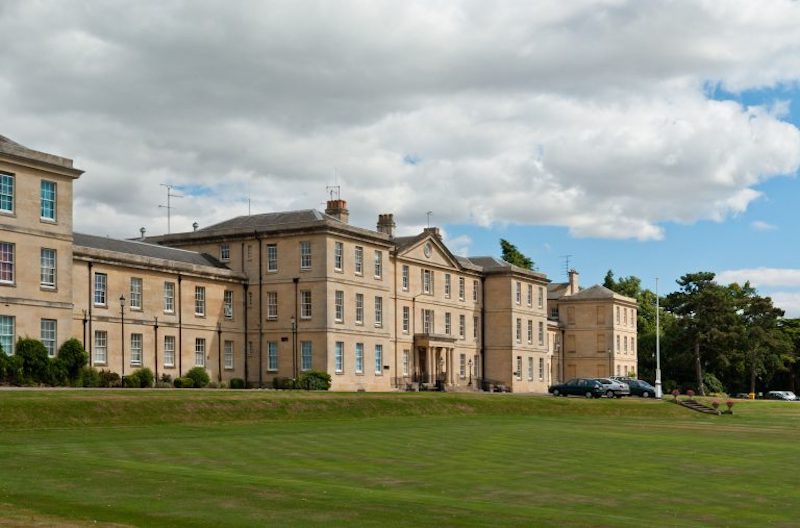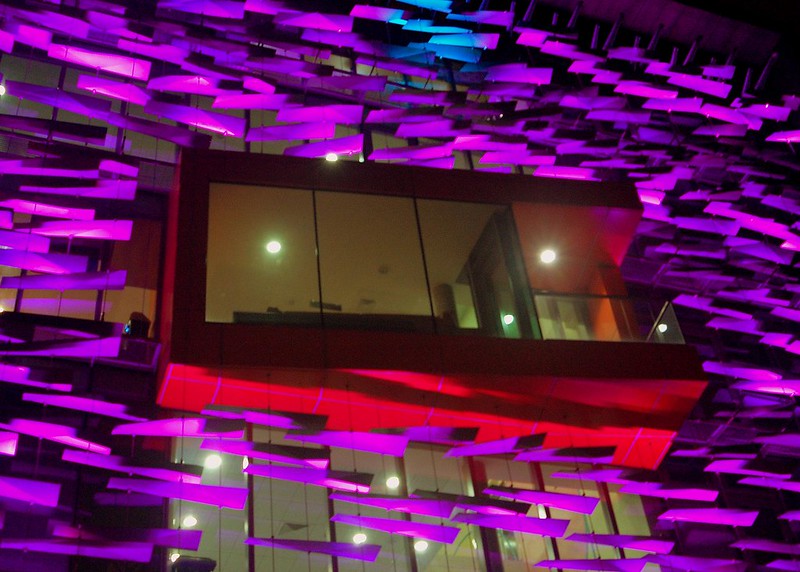Healthcare / Evaluation and performance
Public preference for traditional courtyard-based hospitals revealed in poll
By Andrew Sansom | 07 Aug 2020 | 0
A new poll has found the public sway more towards a traditional pre-war hospital design, which exploits natural light and offers private rooms, than more modernist buildings.
The poll, commissioned by UK think tank Policy Exchange, is part of a broader project looking at the future of the hospital in Britain in the post-pandemic age, and evaluating how new hospital buildings can better meet the needs of the NHS in the 21st century.
The poll reveals that naturally lit private rooms are favoured strongly by the public; 15 per cent of respondents chose natural light as the most important hospital feature, while 18 per cent chose private rooms. Good food was the most important factor for just 7 per cent.
Revealing the results in a blog on the Policy Exchange website, Samuel Hughes, a senior fellow at the think tank and a research fellow at the University of Oxford, says: “Providing large numbers of naturally lit rooms means having a relatively high ratio of surface area to building volume, which in turn points us back towards the courtyard plans of the traditional hospital, rather than the block plans of the modernist one.” 
Accessibility is another hugely important aspect to hospitals among the public. More than a quarter (26 per cent) of respondents highlighted convenient distance and accessibility via public transport as the most important feature of a new hospital – suggesting that traditional urban sites are most suitable.
Exterior beauty
The public were asked for their opinion on the appeal of healthcare buildings’ exteriors, and here two pre-war designs came out on top – St Andrew’s Hospital in Northampton and the Royal Victoria Hospital in Newcastle, receiving scores of 7.2 and 6.5, respectively. Described as a 1950s classical building, the soon-to-open Cleveland Clinic in London also scored highly (6.0).
St Andrew’s and the Royal Victoria are both set amid lawns and trees, which may be a factor explaining their high ratings. Traditional designs were also particularly favoured among women – 19 per cent of women gave St Andrew’s a top score of ten out of ten, compared with 15 per cent of men; for the Royal Victoria, the equivalent proportions were 16 per cent and 10 per cent, respectively; and for the Cleveland Clinic, 9 per cent and 6 per cent, respectively. For non-traditional buildings there was either no relationship to gender or the scores were the other way round, the poll found.
The two hospitals that performed least well on the list were Sunderland Royal (3.0) and Watford General Hospital (3.0) – both typical examples of post-war hospitals. Hughes says the think tank received no direct evidence on what it was about these buildings that people disliked, but conjectured that factors might include “surrounding car parks, the dirty facing bricks, and the repetitive and remorselessly horizontal facade patterns”.
 For more recently built hospitals, results were more mixed. Great Western Hospital in Swindon, for example, performed better than the post-war hospitals but still only scored 4.8. And the design of the award-winning Richard Desmond Children’s Eye Clinic, did worse, scoring just 4.0. According to Hughes, this reminds us that not all kinds of creative attention are popular with the general public.
For more recently built hospitals, results were more mixed. Great Western Hospital in Swindon, for example, performed better than the post-war hospitals but still only scored 4.8. And the design of the award-winning Richard Desmond Children’s Eye Clinic, did worse, scoring just 4.0. According to Hughes, this reminds us that not all kinds of creative attention are popular with the general public.
Other contemporary designs also recorded some interesting public feedback. Royal Tunbridge Wells Hospital – which is said to have returned to a more traditional overall structure, with most patients in private rooms and enjoying views over interior courtyards – was rated above the average for modern buildings but still only at 5.3. Bristol Southmead, which features stone facings, a columned ground floor, and a tall light atrium, scored a satisfactory 6.2, though this is still below the ratings for pre-war buildings.
The post-war shift to massive block design
Hughes explained how following the Second World War, the development of artificial lighting and ventilation encouraged a new approach to hospital design.
“Massive blocks were constructed, with patients sharing artificially lit and ventilated rooms, sometimes entombed deep within the building. These blocks tended to be marooned in enormous car parks, and their exteriors tended to be designed in the modernist style, with raw structural materials and repetitive grids of windows.”
He continues: “The wisdom of this shift has been challenged by a large and growing body of evidence, which suggests that both the physical and mental health of patients benefit from natural light, natural ventilation, quiet, privacy and access to greenery, and that people tend to prefer traditionally composed facades faced with natural materials to those favoured by the modern movement.
“The results of the poll commissioned this week by Policy Exchange suggest that public preferences support exactly the kind of hospitals that such evidence points towards.”
Hughes advocated caution in interpreting these results, owing to the absence of evidence on which features of the different designs influenced how people voted. Yet he also drew some firm conclusions from the poll.
“People want hospitals to have features – natural light, private rooms and access to green spaces – that will be hard to deliver without a shift back towards traditional courtyard-based plans,” he says. “They want buildings with a kind of accessibility that is much easier to give in an urban location, creating a tension with the desire for space and greenery that will need careful attention.
“They prize the exteriors of traditional hospital buildings, dislike those of the post-war period, and have mixed feelings about those more recently. Given its commitment to beautiful, popular design, these are points the Government ought to take seriously.”
Organisations involved

